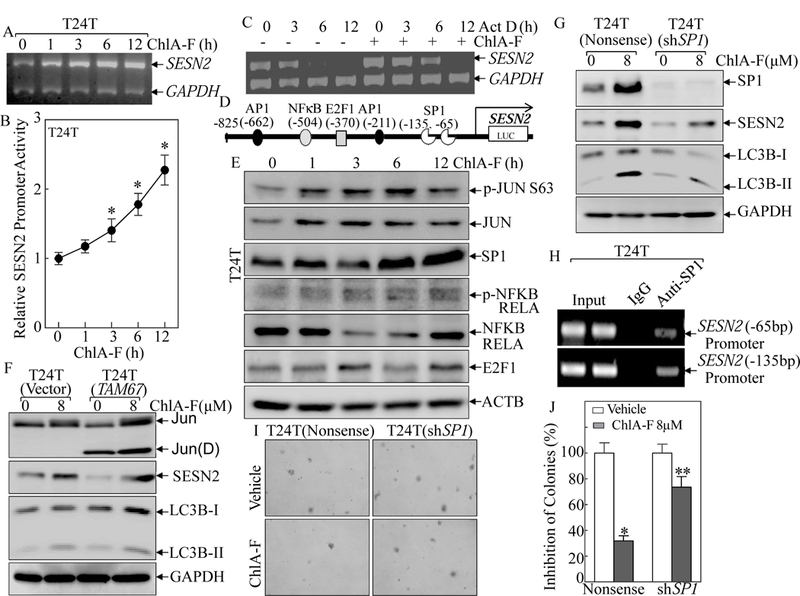Fig. 3. ChlA-F treatment increased both SESN2 transcription and SESN2 mRNA stability.

(A) Total RNAs were isolated from T24T cells treated with or without 8 µM ChlA-F for the indicated times. RT-PCR was performed to determine SESN2 mRNA levels. The gapdh mRNA levels were used as loading control. (B) T24T stably co-transfected with SESN2 promoter-driven luciferase reporter and pRL-TK was treated with 8µM ChlA-F for the indicated times to evaluate SESN2 promoter transcriptional activity. The induction fold was normalized to internal control pRL-TK. The results were presented as SESN2 promoter activity relative to vehicle control (relative SESN2 promoter activity). The bars indicate a Mean ± SD from three independent experiments. The symbol (*) indicates a significant increase from the vehicle control (p<0.05). (C) T24T cells were co-incubated with ChlA-F (8 µM) and Act D (20 µg/ml) for the indicated times. Total RNA was isolated and RT-PCR was then performed to determine SESN2 mRNA levels. The result is representative of three independent experiments. (D) Schematic representation of the putative transcription factor consensus binding sites in the SESN2 proximal promoter region was predicted using bioinformatics analysis. (E) The protein expressions of potential transcription factors were determined following ChlA-F (8 µM) treatment for the indicated periods using Western Blot. (F) TAM67 was stably transfected into T24T cells and the stable transfectants were then subjected to ChlA-F treatment for 12 h for identification of c-JUN(D) (TAM67) expression and determination of SESN2 and LC3B. (G) T24T Cells stably transfected with nonsense control or shRNA specifically targeting human Sp1 were treated with ChlA-F (8 µM) for 12 h, and the cell extracts were subjected to Western Blot as indicated. (H) ChIP assay was carried out using anti-Sp1 antibody to detect the interaction between Sp1 and the SESN2 promoter. (I & J) Anchorage-independent growth of T24T(Nonsense) and T24T(shSp1) cells was determined in soft agar in the absence or presence of ChlA-F. The number of colonies is scored and is presented as colonies per 104 cells. The symbol (*) indicates a significant increase in comparison to the nonsense transfectant (p < 0.05).
